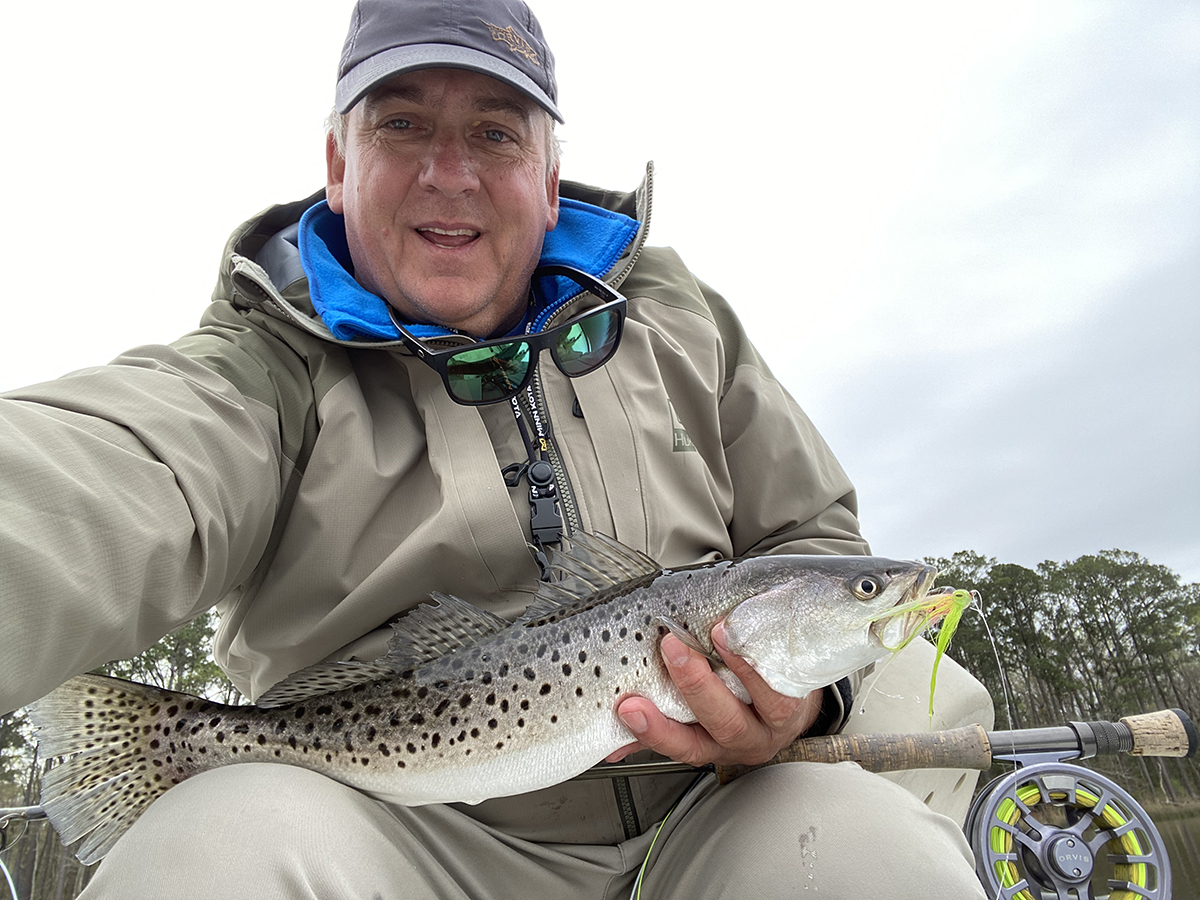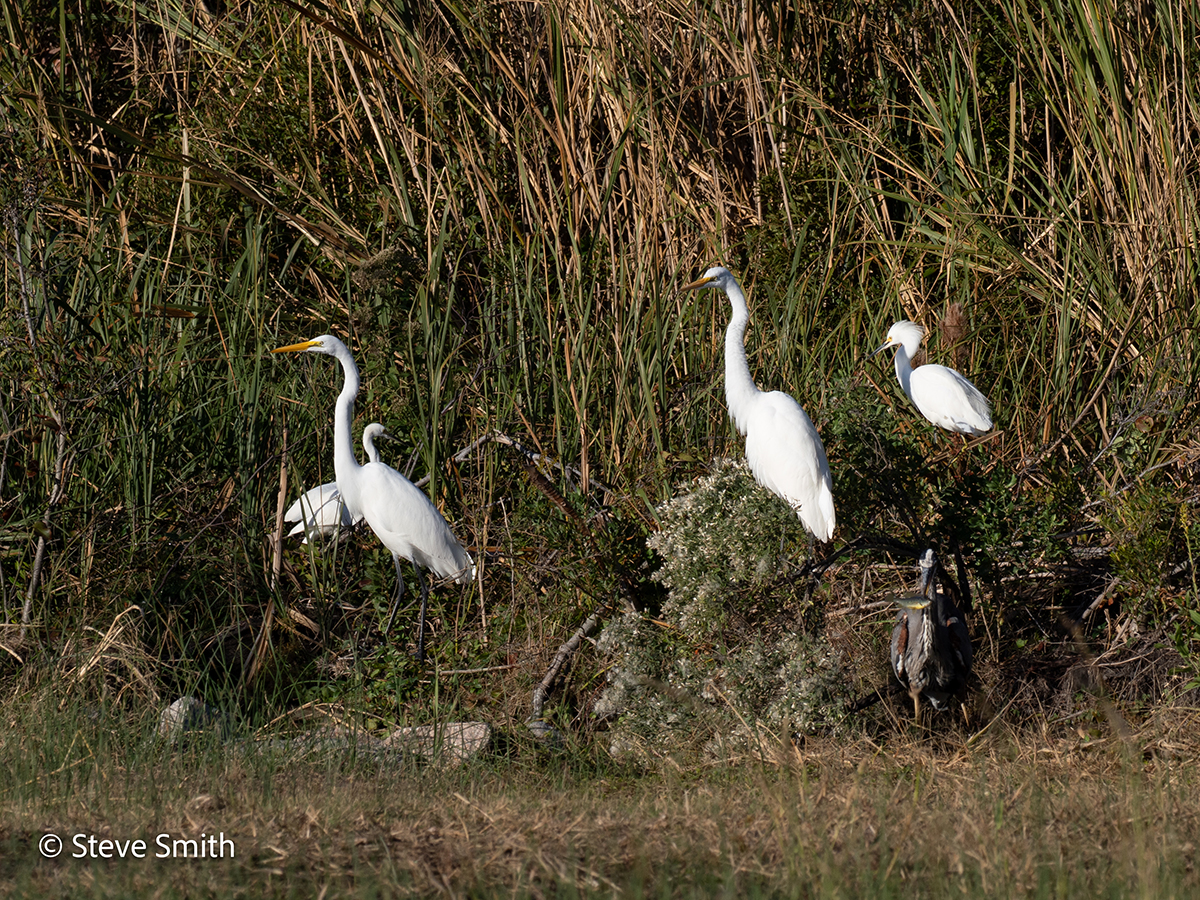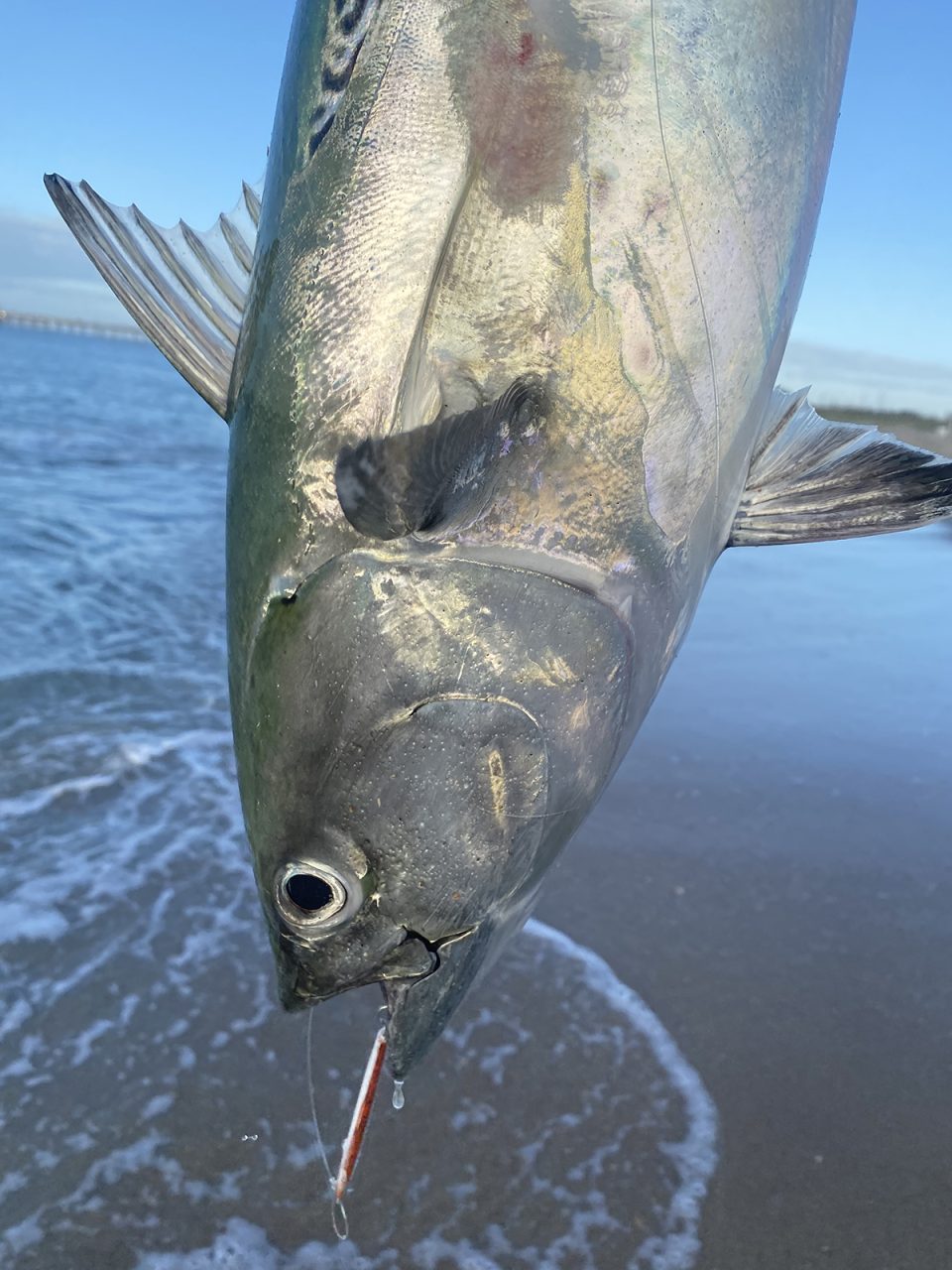
There’s a type of lure that is popular worldwide, and in some places it’s the most common lure sold. If you’re casting for salmon on a river in the Northwest, looking for pike in Canada, or trolling for lake trout in the Great Lakes, you’re going to be using a spoon. But around here they are dramatically underutilized except in very specific fisheries.
Let’s examine those and also see where else we can put them to use.
Supporter Spotlight
According to Wikipedia, “A spoon lure is a fishing lure usually made of lustrous metal, with an oblong, usually concave shape like the bowl of a spoon.” Furthermore, they are “mainly used to attract predatory fish by specular reflection of light, as well as turbulences it creates when moving in water.”
Now that we know what, let’s talk about how.
If I were a betting man, and I’m not, I would wager that more Spanish mackerel and bluefish under 12 inches long are caught on size 00 Clark Spoons than anything else. Those anglers trolling along the beaches will drag them behind bead-chain trolling sinkers if they’re going slowly and fishing with lighter gear, or use heavier trolling rods attached to down-planers if they want to go faster and cover more area. It can be highly effective because the hooks are in the water all the time and it’s a good way to go when there are less-experienced people onboard. You’ll see this being done from the Outer Banks to Shallotte.
The next most popular way they are used is to target surface-feeding fish such as mackerel, bluefish, false albacore, or anything else. Small slender spoons that can be retrieved quickly without coming out of the water are preferred. Best are the Gunslingers made by Beach Bum Lures. They cast far and look great in the water. Even better, they are made with quality hooks that won’t break and a great finish that doesn’t get scratched off by toothy creatures.
Anyplace that fish are feeding near the surface (usually you will see them jumping clear or the splashing they make), it’s worth trying this style of spoon.
Supporter Spotlight
The classic Johnsons Silver Minnow spoon was first created by a retired Chicago foundry worker named Louis Johnson in 1923. The story goes, he got tired of weeds fouling his bass fishing lures. So he hammered out a spoon from the kitchen, soldered a weed guard on and attached a hook. Hence a classic was born.
Around our coast, we use gold-colored Johnson’s Spoons to blind-cast for red drum that are lurking in stained water. The flash and disturbance attract fish that come in for a closer look. You simply need to cast and retrieve. No fancy rod manipulation is necessary.
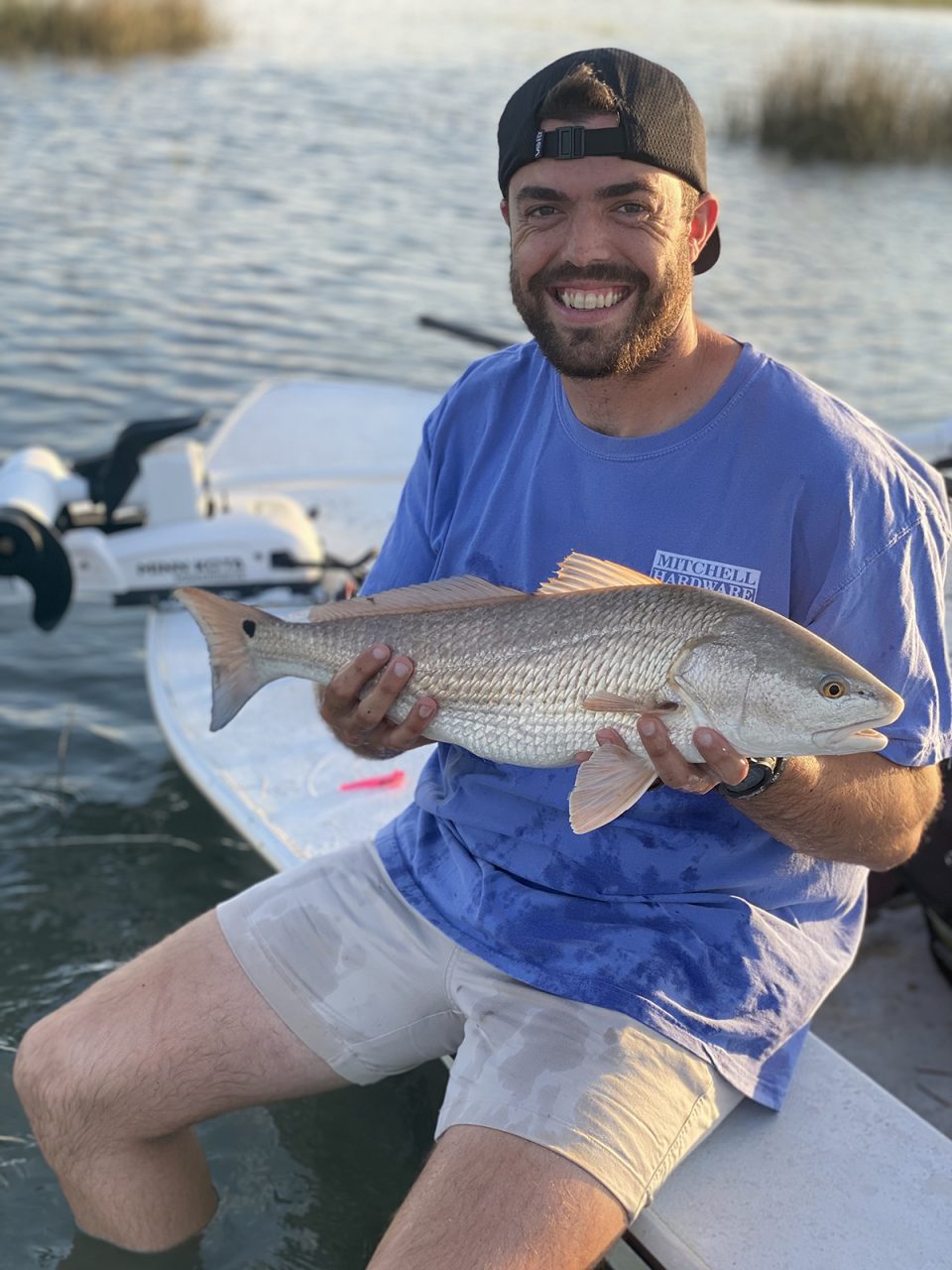
Be aware that since the tie-in point is directly in line with the hook bend, it can easily get hooked up to oyster bars. This is a scourge and there are many of my spoons out there.
The biggest reds ever caught in my boat were taken on Johnson’s spoons. I don’t remember the guy’s name, but he had been among the first Marines to arrive in Baghdad. His father purchased a day for him to fish with me back when I was doing that. As you might expect with three young guys barely out of their teens, there was a lot of “talking,” but very fun.
We saw a school of especially large reds, I got the boat into position and all three of them proceeded to cast in every direction but the one where the fish were.
To take the pressure off, I said, “I thought they DIDN’T use chemical weapons on you guys!” That made them all crack up hysterically and they all then proceeded to catch giant monsters.
Another great use for spoon lures is vertical jigging. In trying to remember the different species of fish I’ve using this technique, it’s almost bewildering. Suffice it to say that with the right-sized spoon, and accounting for the depth and current, there is not a predatory fish that swims in fresh or saltwater that will refuse. I was going to list them all but it’s just too much. Instead, I’ll concentrate on a method that works for any fish that is congregating around bottom structures. That includes wrecks, reefs, and rocks.
Start by selecting the proper spoon. In this situation, I prefer plain silver or gold Stingsilvers. Select the short, fat, 3-ounce model. Switch the hook to a single 3/0 O’Shaugnessy. Nothing fancy or expensive. You’re going to leave some on the bottom. Rig your leader with 40-pound monofilament. Otherwise, you’ll also leave a lot in the mouths of fish you never see.
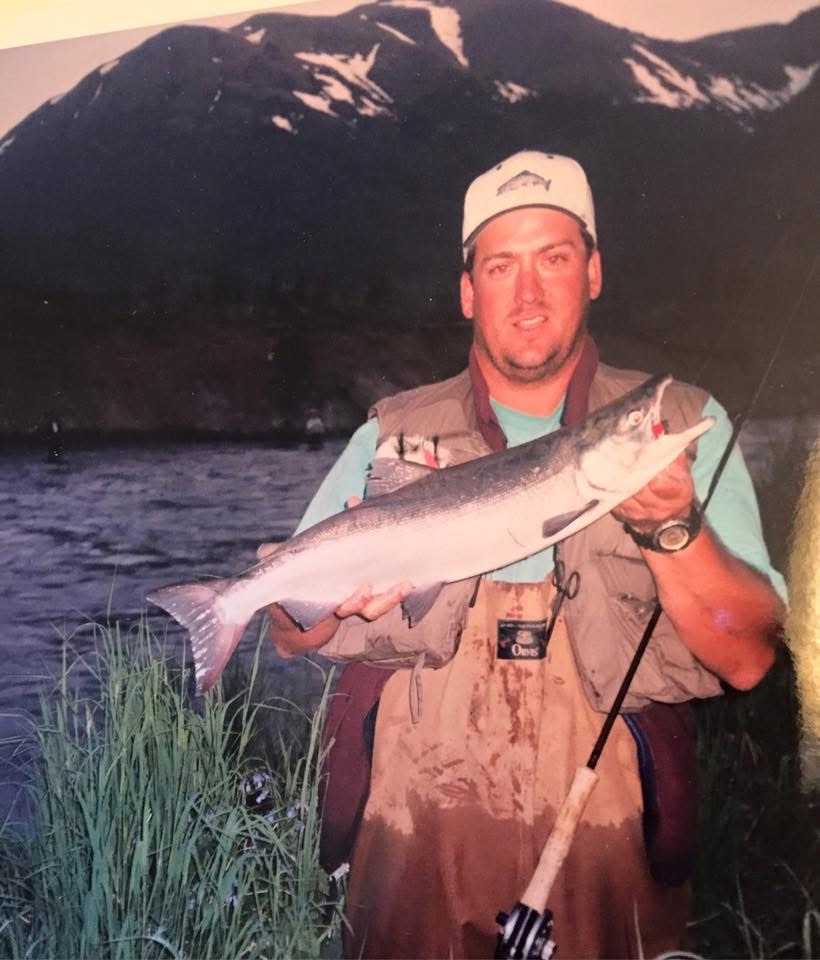
Identify a patch or reef you want to check out. Drop to the bottom as quickly as possible. You’ll have to adjust how much line you have depending on the depth. The faster you drift, the more line you will be letting out. Strikes will come on the fallback to the bottom. You’ll most likely feel a slight “tick” in your hand. Strike quickly, then be ready for anything.
I’ve hooked everything from pinfish to tarpon, with predictable results for each. If there are king mackerel you are going to want wire.
As many fish species that I have caught doing vertical jigging, I would recommend being prepared to use it anytime you are fishing in deep water, and fish are showing up on your depth finder screen. If something is dangling in their faces, they probably won’t be able to resist.
So basically, there are lots of ways to fish spoons. The guys on the Jersey Shore are catching huge striped bass offshore. If you travel to the Great Lakes tributaries and you don’t know what else to do, you do now. The biggest walleye I ever caught was a 12-pounder through the ice on a vertically jigged spoon.
Spoon feed ’em. They’ll eat!



